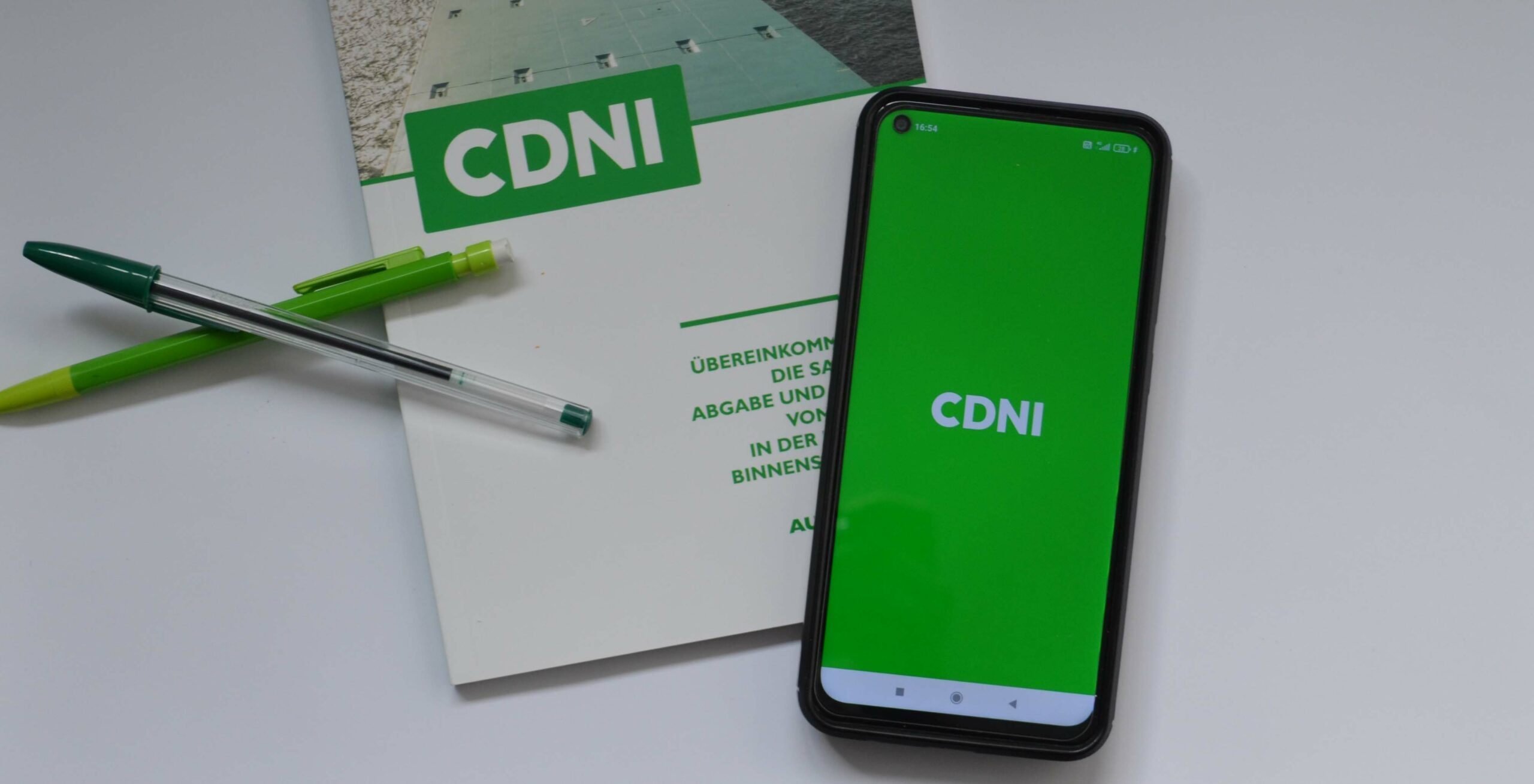- Everything starts with the ECO account…
- …and continues with the SPE-CDNI app
- What do I have to do to use the system ?
- Tutorials
- Frequently asked questions regarding the SPE-CDNI 3.0
- Definitions
1st January 2011 saw the introduction of an electronic payment system (SPE-CDNI) for the collection and disposal of oily and greasy waste resulting from the operation of vessels. The disposal of this waste is financed by a disposal charge paid by the vessel operator. Payment of this charge requires the opening of an ECO account which is the key to accessing the SPE-CDNI and the disposal of oily and greasy waste.
Everything starts with the ECO account…
The ECO account is opened by the vessel’s operator or owner with the national institution (NI) of his choice.
Opening the account is preceded by completion of an online registration form. Upon receiving the form, the NI will create an ECO account and give access to the SPE-CDNI app.
The opening of the ECO account will enable the vessel’s operator or owner to credit his ECO account with sufficient funds to cover subsequent disposal charges. The payment is to be made to the NI’s bank account; the NI will ensure that the information on the amounts collected is immediately sent to the SPE-CDNI, then transferred to the depositor’s or account holder’s ECO account. Once this data has been registered in the SPE-CDNI, the amount paid in will be available, for payment of the disposal charge, when purchasing gas oil anywhere within the CDNI’s area of application. Any unused credit may be returned to the depositor at any time.
All users can consult their ECO account online. The ECO account bears the name of the vessel’s operator and/or owner. The corresponding vessel can be selected in the SPE-CDNI app.
Registration form for opening an ECO-account: https://new.spe-cdni.org/RequestEcoAccount
…and continues with the SPE-CDNI app
 © CDNI
© CDNI
The CDNI’s electronic payment system (SPE – CDNI) was migrated to a fully digital system, SPE-CDNI 3.0, on 9 August 2023. The new system is based on a digital solution in the form of an app, the CDNI app, which can be used on various digital devices.
The SPE-CDNI app and the printed QR-code enable boatmasters to pay the disposal charge every time they bunker with zero-rated gas oil. Payment of this charge will confer access rights to points of acceptance distributed throughout the contract area, where oily and greasy ship-generated waste can be handed in free of charge.
The SPE-CDNI app is the second component of the SPE-CDNI. Using the SPE-CDNI app, the ECO-account holder can link a vessel to the associated ECO-account using the ECO-ID (a unique identification number). The SPE-CDNI app thus forms the direct link between the ECO-account and the respective vessel. The SPE-CDNI app is used to charge the payment of the disposal charge to the ECO account in question.
All the information on this page can be found in the following document:




The new system is accessible via the following link: new.spe-cdni.org
The smartphone application is accessible in the Google Play Store and the Apple App Store.
